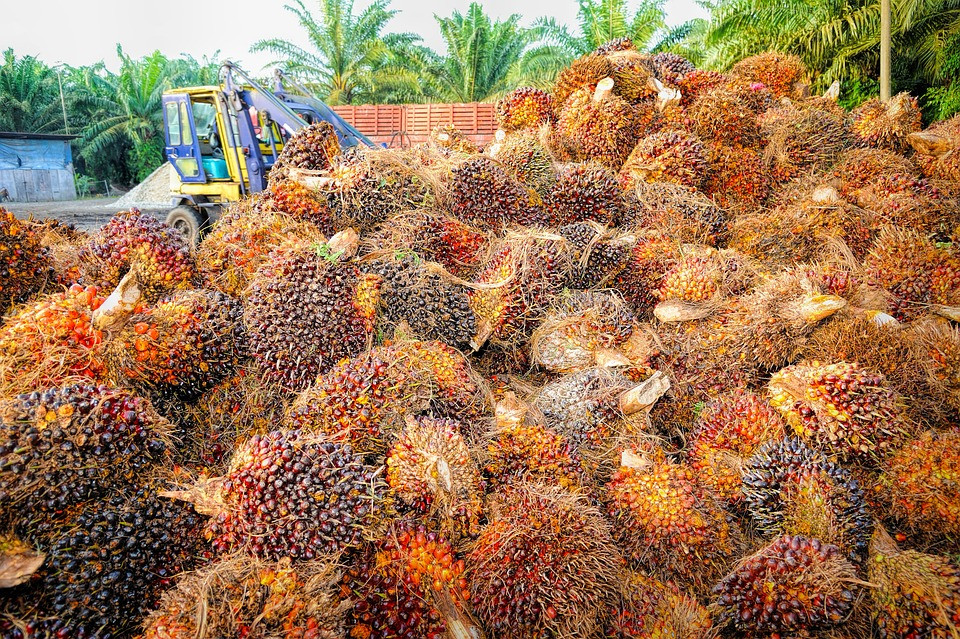How do industrial activities degrade land and ecosystems?

Industries source unprocessed materials like wood, fibres, minerals, and metals to manufacture their products. The sourcing of these materials can result in adverse environmental impacts, including deforestation, soil degradation, and biodiversity loss.
At Impaakt, we capture the related impacts through the topic of Environmental Impacts from Material Sourcing.
👉Note: Impact topics are a set of social and environmental impacts identified by the Impaakt Team to provide an additional layer of complex insight into measuring current impact. They range from general themes like Greenhouse Gas emissions and Job Creation to industry-specific topics such as Gentrification and Water Pollution. Check our Frameworks section for more information.
The main impacts of material sourcing include:
Land use 👨🌾
Overall, land use contributes to the loss of ecological productivity. Degraded lands are unable to provide key ecosystem services like temperature and water regulation, as well as supporting biodiversity.
Eutrophication and desertification
Water-intensive processes, like agriculture, contribute to water scarcity and desertification. Moreover, the use of fertilizers pollutes water bodies with nutrients, a process called eutrophication. Ultimately, eutrophication contributes to zones with extreme hypoxia, or dead zones, where fish mortality increases.
Deforestation 🌲
Deforestation, “the intentional clearing of forested land”, is mainly driven by mining, agriculture and energy infrastructure. Deforestation has cascading effects on ecosystems, affecting their balance and resilience.


